Forums
- Forums
- Duggy's Reference Hangar
- USAAF / USN Library
- US Brewster F2A Buffalo.
US Brewster F2A Buffalo.
Post a reply
- Go to Previous topic
- Go to Next topic
- Go to Welcome
- Go to Introduce Yourself
- Go to General Discussion
- Go to Screenshots, Images and Videos
- Go to Off topic
- Go to Works in Progress
- Go to Skinning Tips / Tutorials
- Go to Skin Requests
- Go to IJAAF Library
- Go to Luftwaffe Library
- Go to RAF Library
- Go to USAAF / USN Library
- Go to Misc Library
- Go to The Ops Room
- Go to Made in Germany
- Go to Campaigns and Missions
- Go to Works in Progress
- Go to Juri's Air-Raid Shelter
- Go to Campaigns and Missions
- Go to Works in Progress
- Go to Skinpacks
- Go to External Projects Discussion
- Go to Books & Resources
-
12 years agoWed Dec 27 2023, 11:02amDuggy
 Main AdminIn 1935, the U.S. Navy issued a requirement for a carrier-based fighter intended to replace the Grumman F3F biplane. The Brewster XF2A-1 monoplane, designed by a team led by Dayton T. Brown, was one of two aircraft designs that were initially considered. The XF4F-1 with a double-row radial engine was a "classic" biplane. The U.S. Navy competition was re-opened to allow another competitor, the XFNF-1, a navalized Seversky P-35 eliminated early on when the prototype could not reach more than 267 mph (430 km/h). The XF2A-1 first flew on 2 December 1937 and early test results showed it was far in advance of the Grumman biplane entry. While the XF4F-1 would not enter production, it would later re-emerge as a monoplane, the Wildcat.
Main AdminIn 1935, the U.S. Navy issued a requirement for a carrier-based fighter intended to replace the Grumman F3F biplane. The Brewster XF2A-1 monoplane, designed by a team led by Dayton T. Brown, was one of two aircraft designs that were initially considered. The XF4F-1 with a double-row radial engine was a "classic" biplane. The U.S. Navy competition was re-opened to allow another competitor, the XFNF-1, a navalized Seversky P-35 eliminated early on when the prototype could not reach more than 267 mph (430 km/h). The XF2A-1 first flew on 2 December 1937 and early test results showed it was far in advance of the Grumman biplane entry. While the XF4F-1 would not enter production, it would later re-emerge as a monoplane, the Wildcat.
The Buffalo was manufactured at the Brewster Building in Long Island City, New York.
The new Brewster fighter had a modern look with a stubby fuselage, mid-set monoplane wings and a host of advanced features. It was all-metal, with flush-riveted, stressed aluminum construction, although control surfaces were still fabric-covered. The XF2A-1 also featured split flaps, a hydraulically operated retractable main undercarriage (and partially retractable tail wheel), and a streamlined framed canopy. However, the aircraft lacked self-sealing fuel tanks and pilot armor. Fuel was only 160 U.S. gal (606 l), stored in the fuselage. Powered by an 950 hp (708 kW) single-row Wright R-1820-22 Cyclone radial engine, it had an impressive initial climb rate of 2,750 ft/min and a top speed of 277.5 mph (447 km/h), later boosted to 304 mph (489 km/h) at 16,000 ft (4,879 m) after improvements were made to the cowling streamlining and carburetor/oil cooler intakes. With only a single-stage supercharger, high-altitude performance fell off rapidly. Fuselage armament was one fixed .50 in (12.7 mm) M2 Browning machine gun with 200 rounds and one fixed .30 in (7.62 mm) AN Browning machine gun with 600 rounds, both in the nose. The Navy awarded Brewster Aeronautical Corporation a production contract for 54 aircraft as the F2A-1.
Below XF2A-1 - note the smaller fin

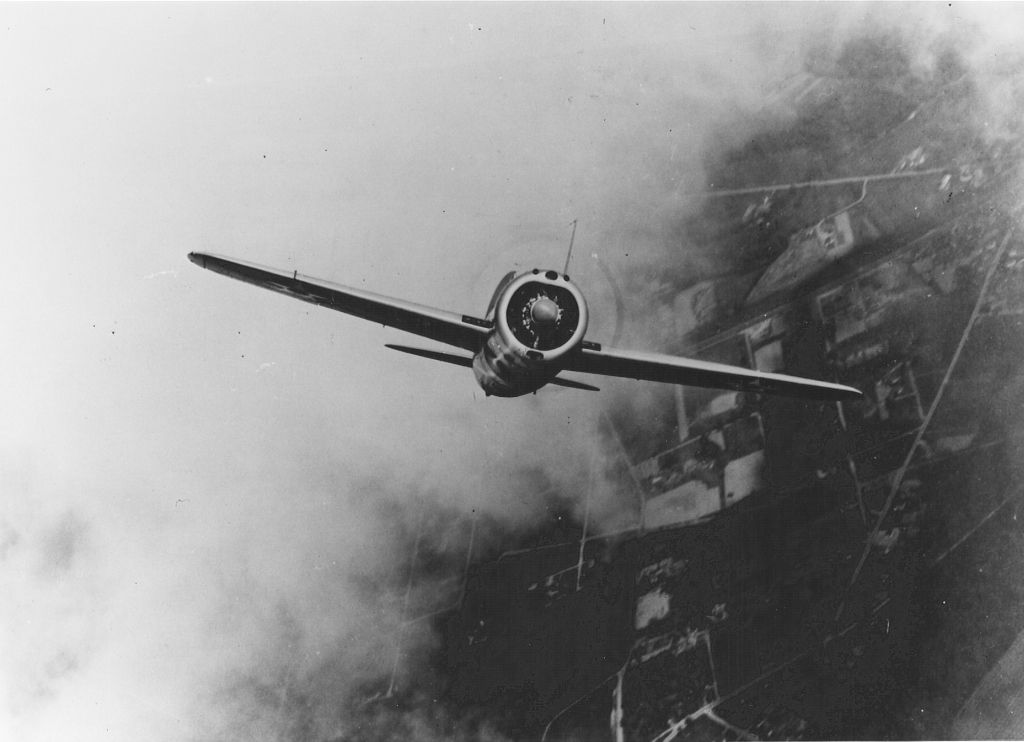
Below XF2A-2 - with production style fin.

While service testing of the XF2A-1 prototype began in January 1938 and in June, production started on the F2A-1. They were powered by the 940 hp (701 kW) Wright R-1820-34 engine and had a larger fin. The added weight of two additional .50 in (12.7 mm) Browning wing guns and other equipment specified by the Navy for combat operations reduced the initial rate of climb to 2,600 ft/min. Plagued by production difficulties, Brewster only delivered 11 F2A-1 aircraft to the Navy; the remainder of the order was later diverted to the Finnish Air Force in modified form under the export designation Model 239.
Below F2A-1




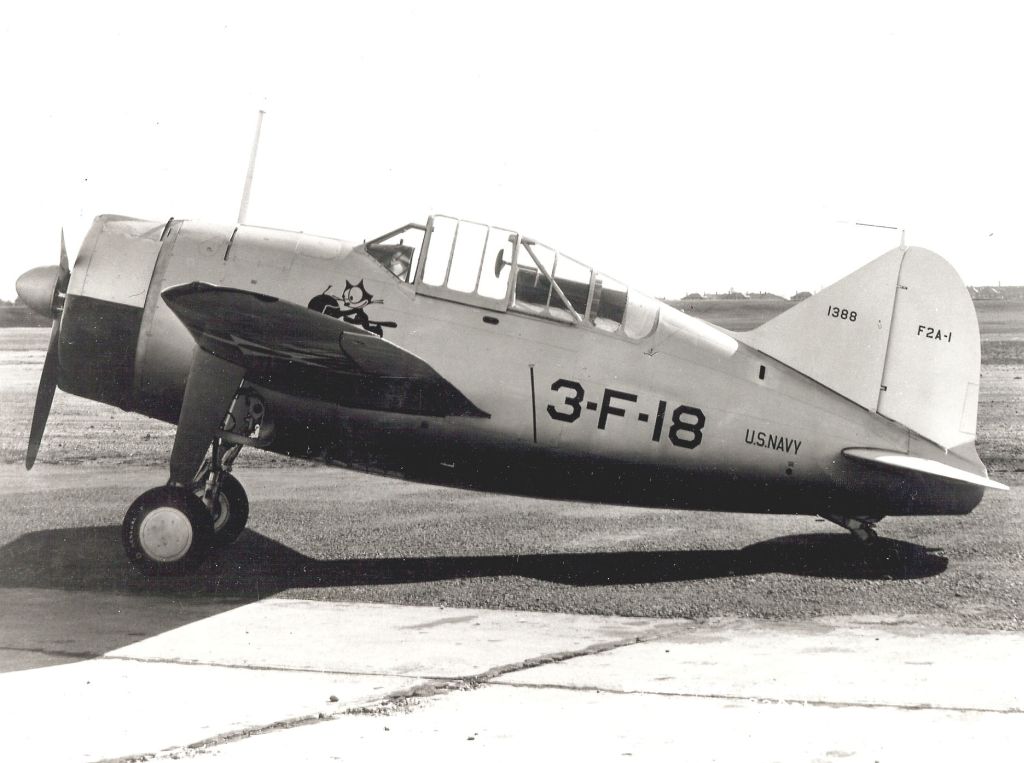

Below used to test McClelland Barclay experimental camouflage designs, taken at Naval Air Station, North Island, California, 9 September 1940.




A later variant, the F2A-2, of which 43 were ordered by the U.S. Navy, included a more powerful R-1820-40 engine of Wright R-1820, a better propeller, and integral flotation gear, but still lacked pilot armor and self-sealing tanks. The increase in engine power was welcomed, but to some extent offset by the increased loaded weight (5,942 lb/2,701 kg) of the aircraft; while top speed was increased to a respectable 323 mph (520 km/h) at 16,500 ft (5,029 m), initial climb rate dropped to 2,500 ft/min. Both the F2A-1 and the F2A-2 variants of the Brewster were liked by early Navy and Marine pilots, including Pappy Boyington, who praised the good turning and maneuvering abilities of the aircraft. Pappy Boyington observed: "But the early models, before they weighed it all down with armor plate, radios, and other [equipment], they were pretty sweet little ships. Not real fast, but the little aircraft could turn and roll in a phone booth. This might be expected from the low wing loading, only 24.1 pounds per square foot, only 10% higher than that of the Zero.
The F2A-3 was the last version of the Buffalo to enter service with the U.S. Navy and Marine Corps. A total of 108 examples were ordered in January 1941. By this time, the Navy had become disenchanted with the Buffalo, and had become especially annoyed at Brewster Aeronautical Corporation's frequent production delays and its seemingly never-ending management difficulties. This order was seen more as a way of keeping Brewster's production lines running (they would eventually build Corsair fighters for the Navy) as well as Buccaneer/Bermuda dive bombers.
The F2A-3s were conceived as a long range reconnaissance fighter with a new wet wing with self-sealing features and a larger fuselage tank which provided increased fuel capacity and protection, but this also increased the aircraft's weight by more than 500 lb (227 kg). The wing and enlarged fuselage tank carried an additional 80 U.S. gal (300 L) of fuel; at 6 lb/U.S. gal (0.72 kg/L), the fuel alone weighed nearly 500 lb (227 kg). The addition of armor plating for the pilot and increased ammunition capacity further increased the aircraft's weight, resulting in a reduced top speed and rate of climb, while substantially degrading the Brewster's turning and maneuvering capability. The Navy found that the added weight of the F2A-3 also aggravated the problem of landing gear failure during carrier landings. However, the -40 two speed supercharged Cyclone engine in the F2A-3 was an excellent "cruising" engine and as such the F2A-3 had some value and saw initial service on the carriers Saratoga and Lexington.
Even in late 1940 it was apparent that the Buffalo was rapidly becoming obsolete. It badly needed a more powerful engine, but the limits of the airframe had been reached, making installation of a larger engine impossible. Soon after deliveries of the F2A-3 began, the Navy decided to eliminate the type altogether. By then, considered a second line aircraft, some were transferred to the U.S. Marine Corps, which deployed two F2A-3 squadrons to the Pacific, one at Palmyra Atoll, and another at Midway Island. Those which still remained on board aircraft carriers narrowly missed a combat opportunity when a relief mission was dispatched to Wake Island, but the relief force was withdrawn before completing the mission. Shortly thereafter, F2A-3s still in naval service were transferred to training squadrons for use as advanced trainers.
The first unit to be equipped with the F2A-1 was Lt. Cdr. Warren Harvey?s VF-3, assigned to USS Saratoga air group. On 8 December 1939, VF-3 received 10 of the 11 Buffalos delivered to the U.S. Navy. The remaining 43 F2A-1s were declared surplus and sold to Finland. Although it was becoming clear the F2A was inferior to the latest German and British fighters?one American observer wrote in late 1940 after visiting Britain that "The best American fighter planes already delivered to the British are used by them either as advanced trainers --or for fighting equally obsolete Italian planes in the Middle East. That is all they are good for" ?in the early years of World War II, all modern monoplane fighter types were in high demand, even the F2A. Consequently, the United Kingdom, Belgium, and the Netherlands East Indies purchased several hundred export models of the Buffalo.
U.S. Marine Corps
At Midway Island, United States Marine Corps fighter group VMF-221 operated a mixed group of 20 Brewster F2A-3 Buffalos and six Grumman F4F-3 Wildcats. They were originally assigned to the USS Saratoga as part of a relief force bound for Wake Island, but were diverted to Midway instead after the force was controversially recalled on 22 December 1941. Wake Island fell on the following day. The squadron first saw action on 10 March 1942 when a Kawanishi H8K "Emily" flying boat was shot down by Captain James L. Neefus near Midway, the Buffalo's first kill in U.S. service.
During the Battle of Midway in 1942, VMF-221 was destined to participate in one of the few aerial combats involving the Buffalo in U.S. military service. The initial Buffalo interception of the first Japanese air raid was led by Major Floyd B. Parks, whose 13-aircraft division did not fly in paired flights of mutually supporting aircraft. After attacking a formation of 30-40 Aichi D3A1 "Val" dive bombers escorted by 36 Zeros, the Marines, flying in two divisions of aircraft, downed several Japanese bombers before the escorting Zeros reacted; a furious dogfight developed. Thirteen out of 20 Buffalos were lost of the six Wildcats, only two remained flyable at the end of the mission. The losses included the Marine air commander, Major Parks, who bailed out of his burning Buffalo, only to be strafed by Zeros after parachuting into the sea.
The Marine pilots who managed to shake off the Zeros used high speed split-s turns or very steep dives.These maneuvers were later found to be the best means to evade pursuit by the highly maneuverable Japanese fighters. One F2A-3 pilot, Marine Captain William Humberd, dove away from his pursuers, then attacked a Zero in a head-on pass, shooting his opponent down. In the battle, some F2A-3s suffered from inoperative guns. The nose-mounted guns' occasional failure to fire was noticed by other users as well; the phenomenon may have been caused by frayed electrical wires in the mechanism that synchronized the nose guns with the propeller. Other Buffalos had not been fitted with plate armor behind the pilot, making them vulnerable to even a single bullet or shell. Losses were aggravated due to the Japanese practice of strafing pilots who had bailed out. Second Lt. Charles S. Hughes, whose Buffalo was forced to retire at the start of the raid due to engine trouble, had a ringside view of the aerial combat:
"The Zeros came in strafing immediately afterward. I saw two Brewsters trying to fight the Zeros. One was shot down and the other was saved by ground fires covering his tail. Both looked like they were tied to a string while the Zeros made passes at them."
Second Lt. Charles M. Kunz reported that after successfully downing two Val bombers, he was attacked by Japanese fighters:
I was at an altitude of about 9,000 ft, and shoved over in a dive trying to shake the plane on my tail until I was about 20 feet from the water. I was making radical turns hoping the pilot couldn't get steadied on me. I glanced out of the rear and saw that it was a [Mitsubishi A6M Zero] fighter. I continued flying on a rapid turning course at full throttle when I was hit in the head by a glancing bullet. After he fired a few short burst he left as I had been in a general direction of 205 degrees heading away from the island. My plane was badly shot up... In my opinion the [Zero] fighter has been far underestimated. I think it is probably one of the finest fighters in the present war. As for the F2A-3, (or Brewster trainer) it should be in Miami as a training plane, rather than used as a first line fighter.
The poor performance of the Buffalo at Midway later prompted Finnish Air Force ace Hans Wind to develop new combat tactics for the FAF Brewster, which were later used with remarkable success in 1942 and 1943 against the Soviet Air Force during the Continuation War. Wind's combat tactics, which emphasized diving speed and zoom climbs, were much the same as Claire Chennault's advice for employing the Curtiss P-40 against the A6M Zero in Burma and China. Chennault's report on the Zero and air combat reached Washington in 1941, where it was disseminated to aviation forces of the U.S. Army and Navy. This information, along with the development of two-plane mutual defensive formations and tactics, were incorporated into U.S. and Marine Corps air combat training doctrine by some prescient U.S. commanders, including Lieutenant Commander "Jimmy" Thach. The Thach Weave was developed for use by Wildcat pilots against the Zero, and was later adopted by other Wildcat squadrons in the Pacific.
With the emergence of new tactics for the F4F-3 and F4F-4 Wildcat (which was superior in all respects to the F2A-3 Buffalo, with the sole exception of maximum range), the Battle of Midway marked the end of the Buffalo in both U.S. Navy and Marine Corps fighting squadrons. Surviving F2A-3 aircraft were hastily transported to the U.S. mainland, where they were used as advanced trainers. The introduction in late 1943 of vastly superior American carrier-borne fighters such as the F6F Hellcat and Vought F4U Corsair soon relegated the Brewster F2A-3 to a distant, if painful memory.
Below F2A-2










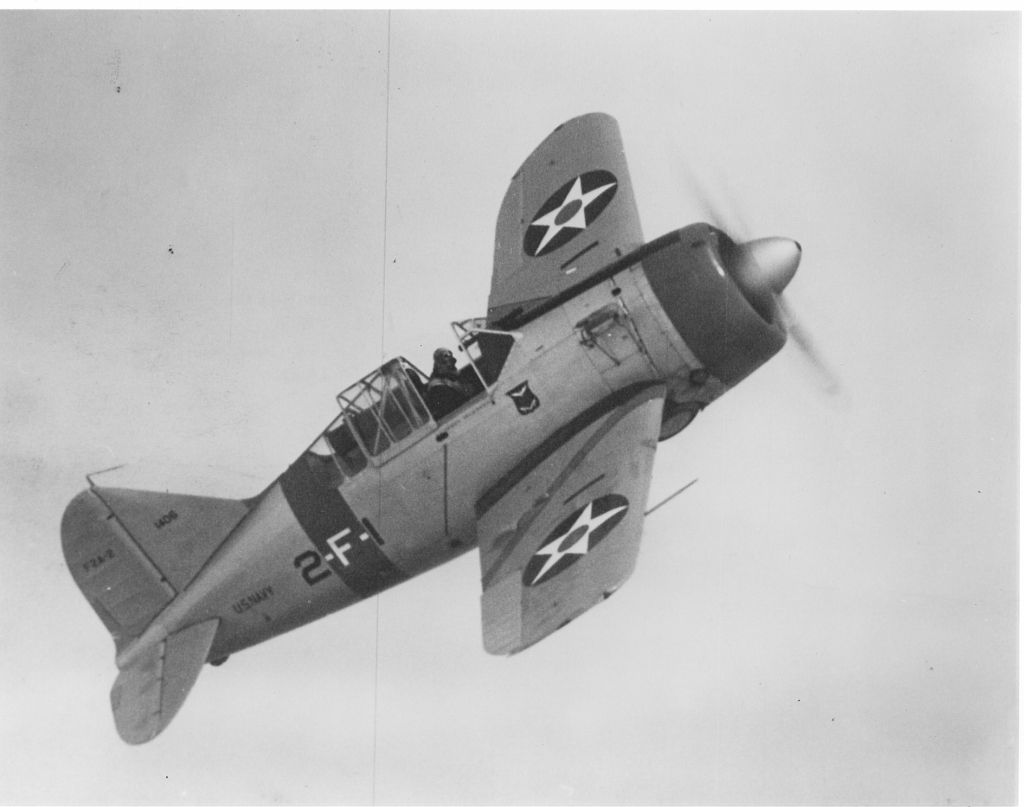









Below F2A-3


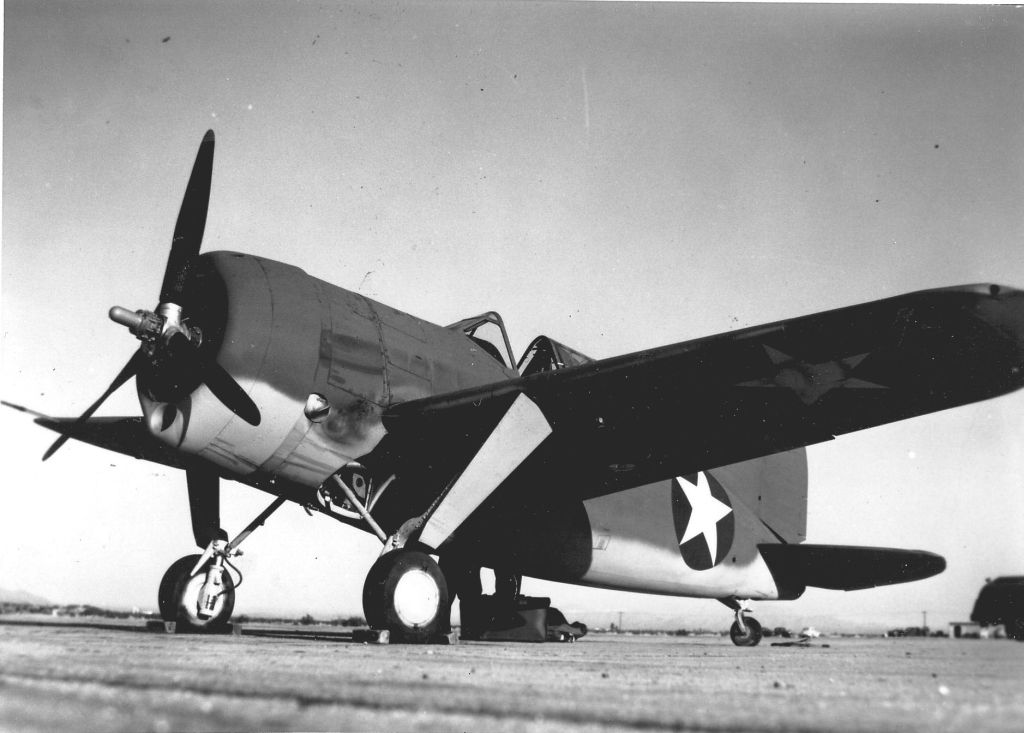


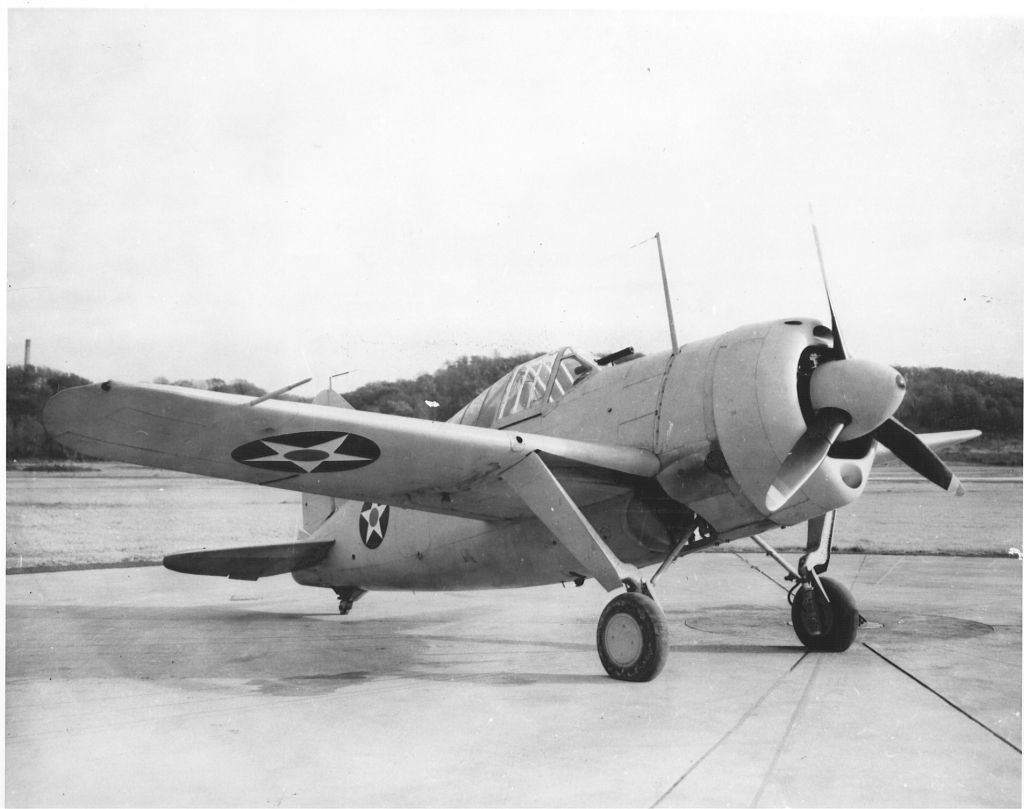







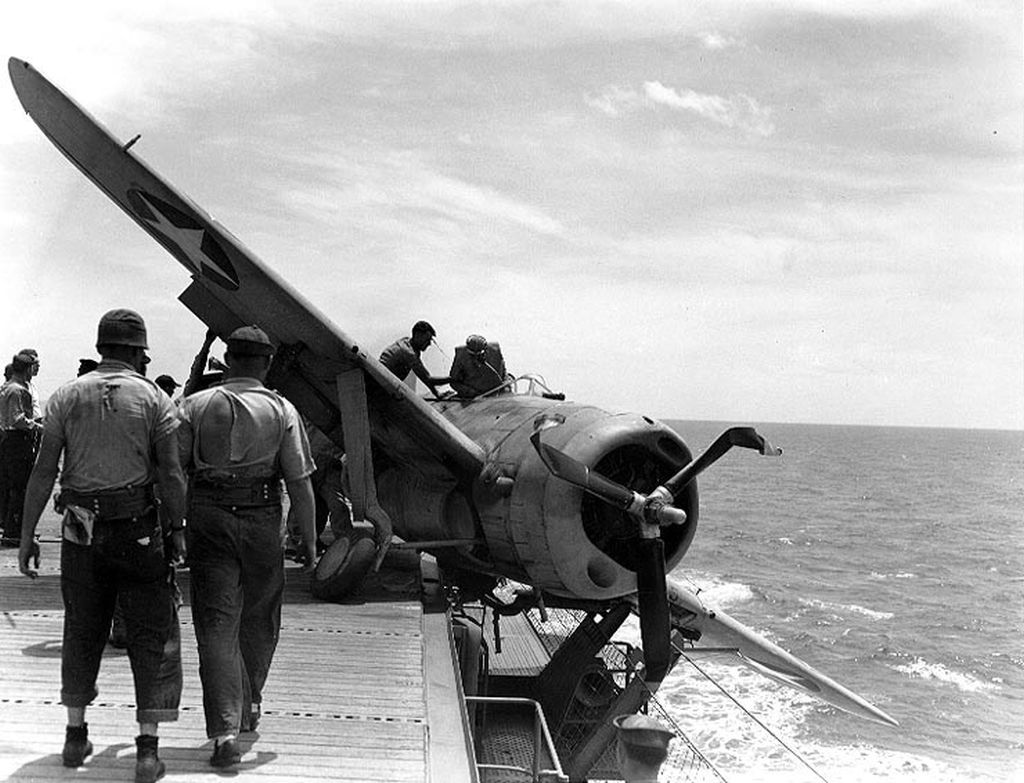

Text nicked from Wikki
As usual right click & save as for details.
Regards Duggy.
Post a reply
- Go to Previous topic
- Go to Next topic
- Go to Welcome
- Go to Introduce Yourself
- Go to General Discussion
- Go to Screenshots, Images and Videos
- Go to Off topic
- Go to Works in Progress
- Go to Skinning Tips / Tutorials
- Go to Skin Requests
- Go to IJAAF Library
- Go to Luftwaffe Library
- Go to RAF Library
- Go to USAAF / USN Library
- Go to Misc Library
- Go to The Ops Room
- Go to Made in Germany
- Go to Campaigns and Missions
- Go to Works in Progress
- Go to Juri's Air-Raid Shelter
- Go to Campaigns and Missions
- Go to Works in Progress
- Go to Skinpacks
- Go to External Projects Discussion
- Go to Books & Resources
